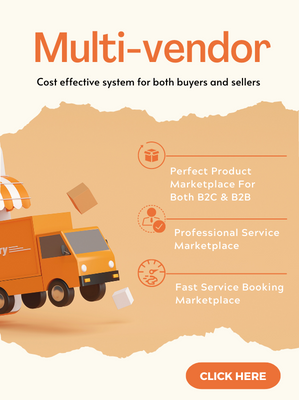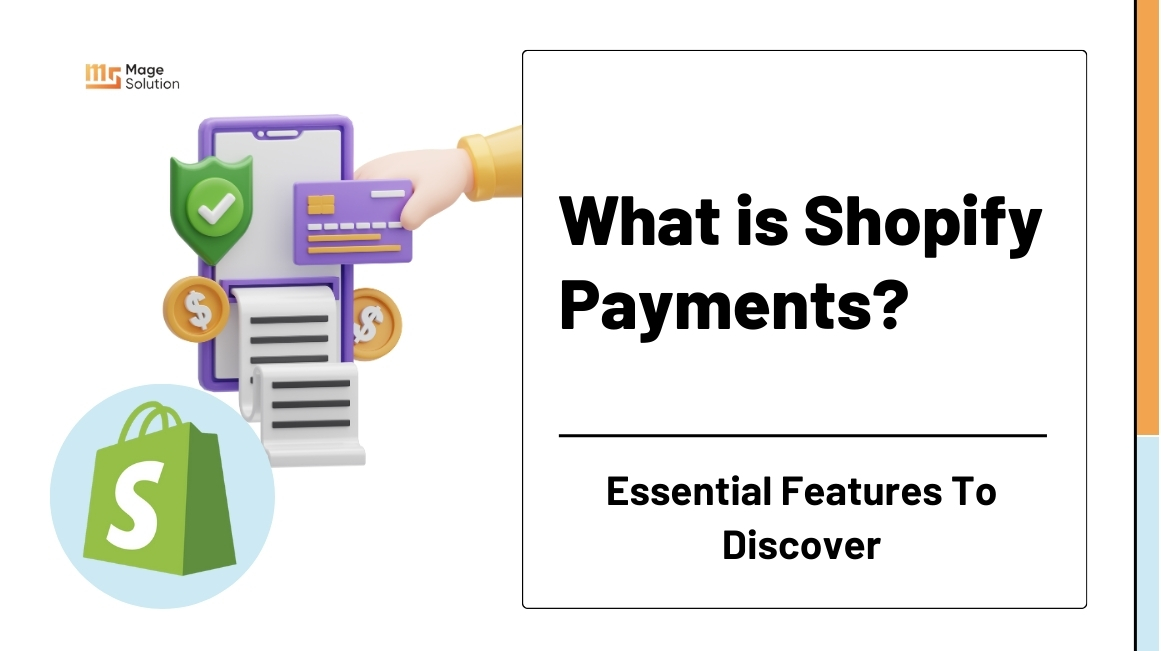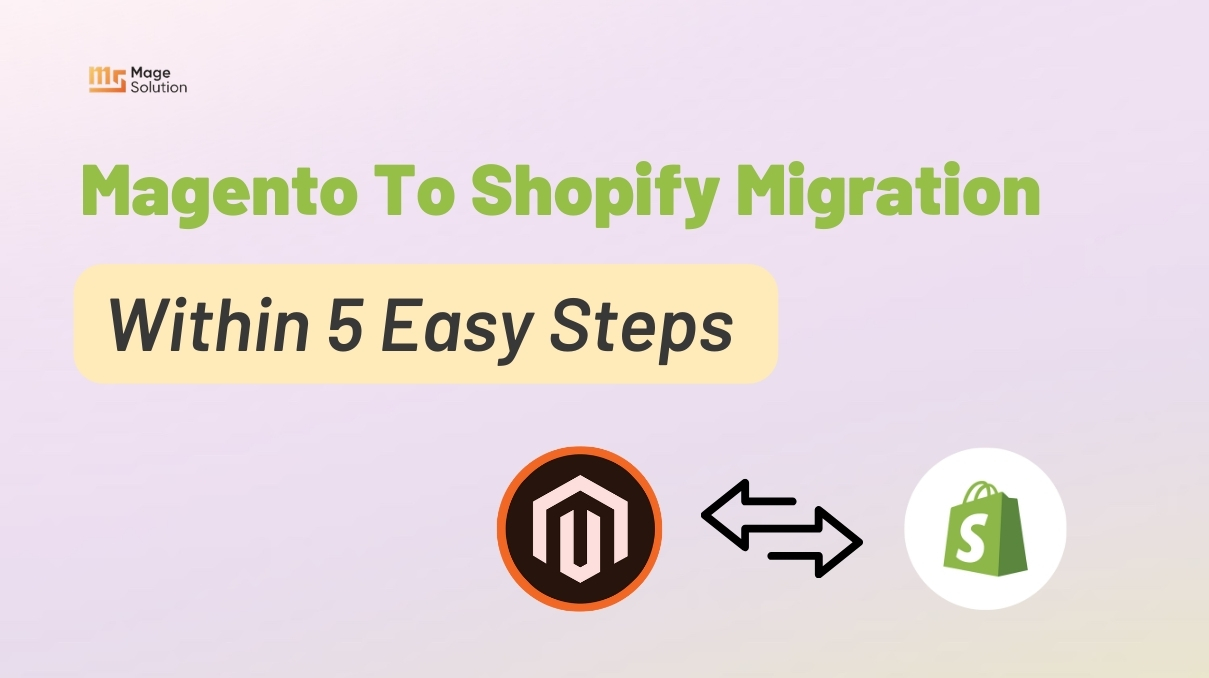E-commerce businesses today are facing many of the same hurdles. Customer expectations are rising. Online competition for their eyes and dollars is fierce. They can afford to be choosy in which brands receive their attention and then their business. In order to compete, businesses have to create an online experience that brings customers in. One way to do that is with valuable, engaging, and easy-to-find content. The site then needs to convert these visitors into customers with a frictionless digital journey.
The strategy many retailers are using to accomplish a content-led online store is headless commerce. Headless e-commerce is the decoupling of the front-end presentation layer from the back-end ecommerce solution that manages all commerce functionality. Here are the reasons why headless e-commerce is becoming the evolution of online retail.

>>> Read more
- Headless Magento: introduction and ReactJS integration
- Bigcommerce headless: The powerful solution for selling online
Why headless e-commerce is becoming the evolution of online retail?
1. Delivery speed improvement
Probably the biggest benefit of having a headless e-commerce platform is time-saving. Without a predefined front-end platform, this can create a good user experience from dust. With databases amendable via a simple API call, frontend developers are set free to focus on making the site usable and functional for merchant and client alike.
You can even add new products or set up promotional campaigns without re-configuring. With the front-end and back-end de-coupled, changes to the content layer of the platform can be made quickly as easily.
2. Increase optimization
Headless e-commerce is effectively optimizing your content. Because headless solutions are decoupled, you do not need to worry about strategy tests disrupting your back-end capabilities. Brand loyalty and ecommerce wins can be quickly implemented every day. In other words, with headless e-commerce at the helm, the optimizing rate can be much faster than usual.
3. Adaptable marketing
All marketing, of course, should be adaptable in theory. In practice, however, it’s rarely that simple. Traditional e-commerce often means that the hassle and overhaul involved in alerting a website for a particular market. That means merchants are often forced into a ‘one size fits all’ approach.
With headless e-commerce, this will no longer be the case. This solution can support new technologies and specialized content from market-to-market. No matter what campaigns you may launch, headless e-commerce allows your marketing team to fully adaptive within days, instead of months.
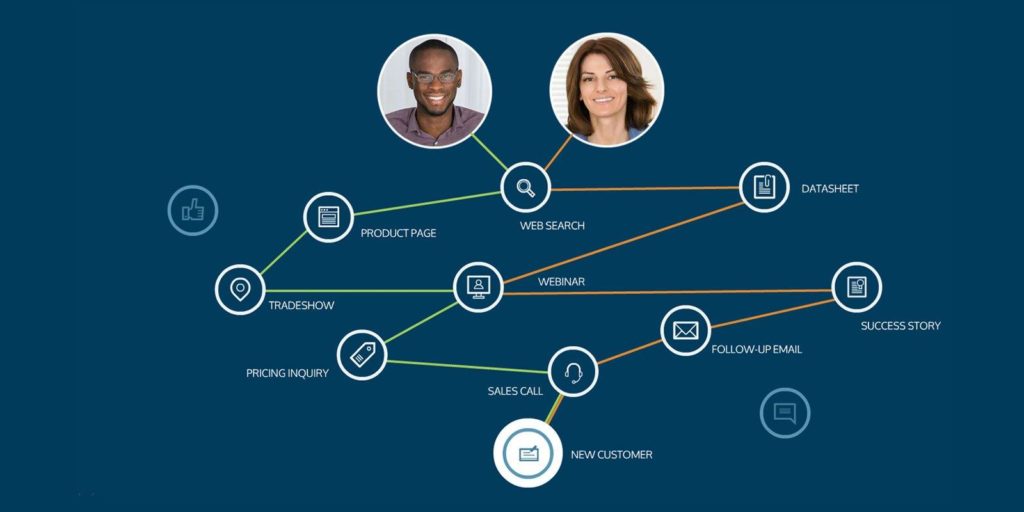
4. Omnichannel commerce
Omnichannel is becoming increasingly important in ecommerce as well as high street retail. However, the flexibility that omnichannel demands is often hard or impossible for full-stack solutions to pull off. It can be difficult to adapt quickly and effectively to current and emerging technologies. Websites can be deployed without having to re-engineer its look and its content from back to front.
A headless e-commerce approach would make it much easier to connect to cloud services to provide the relevant part of your platform via APIs. New content and updates can be automatically rolled out much quicker than with traditional e-commerce. If there is any performance issue in the backend that requires maintenance, it won’t create any downtime.
5. Streamlined integrations
Headless e-commerce improves integrations by connecting and exposing assets through API. APIs allow software platforms to communicate with each other and transfer data. Headless e-commerce encourages integrations because all the elements of the website are decoupled. With deep-level integration, you are free to interchange and swap out site components as and when you see fit.
In practice, this means you can select the right API for the job you want carried out. This task is performed without having to worry about function disruption or any other things. You can tailor-make your website from the ground up with headless e-commerce – and without breaking the bank.
6. Progressive web apps integration (PWAs) of headless e-commerce
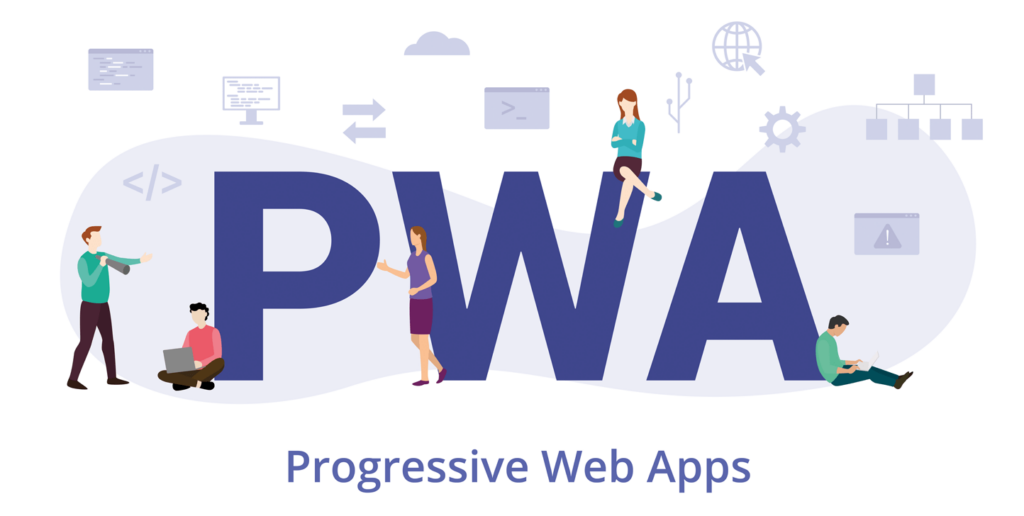
When launched from the home screen, these apps blend seamlessly into their environment. To be specific, they will have the ability to work offline and maximize to full screen. In this way, progress web apps enable a website to look and function just like a ‘real’ app. With this function integrated, websites can be optimized so that people can shop efficiently without any problems.
According to a recent survey, AliExpress has already seen an 82% increase in iOS conversion rate and 2x more pages visited per session per user across all browsers. Also, ASDA George saw a 3.8x faster average page load time, a 2x lower bounce rate and a 31% increase in conversion rate. These figures are proof of the benefits of integrating PWAs.
These proofs may sum up for the evolution of online retail by having headless e-commerce method. Within this platform, the ability to optimize the most advanced features is on your reach. As a result, the mobile-first websites can be easily created, which the customer can use just like any other app in their browser.
The bottom line
A headless system is a perfect solution to numerous limitations of traditional e-commerce. By separating the frontend and backend of the ecommerce store, headless e-commerce permits easier change of the site and get better control over the customer experience.
Also, if you are looking for a leading company for implementing of a headless e-commerce site, then check out our Magento Development.
At Magesolution wedeliver full suite of services for your Magento-powered business. From consulting ecommerce strategy to website development services, no matter what your needs are, Magesolution will all provide you the most effective solution to help your business go live quickly and effectively.
